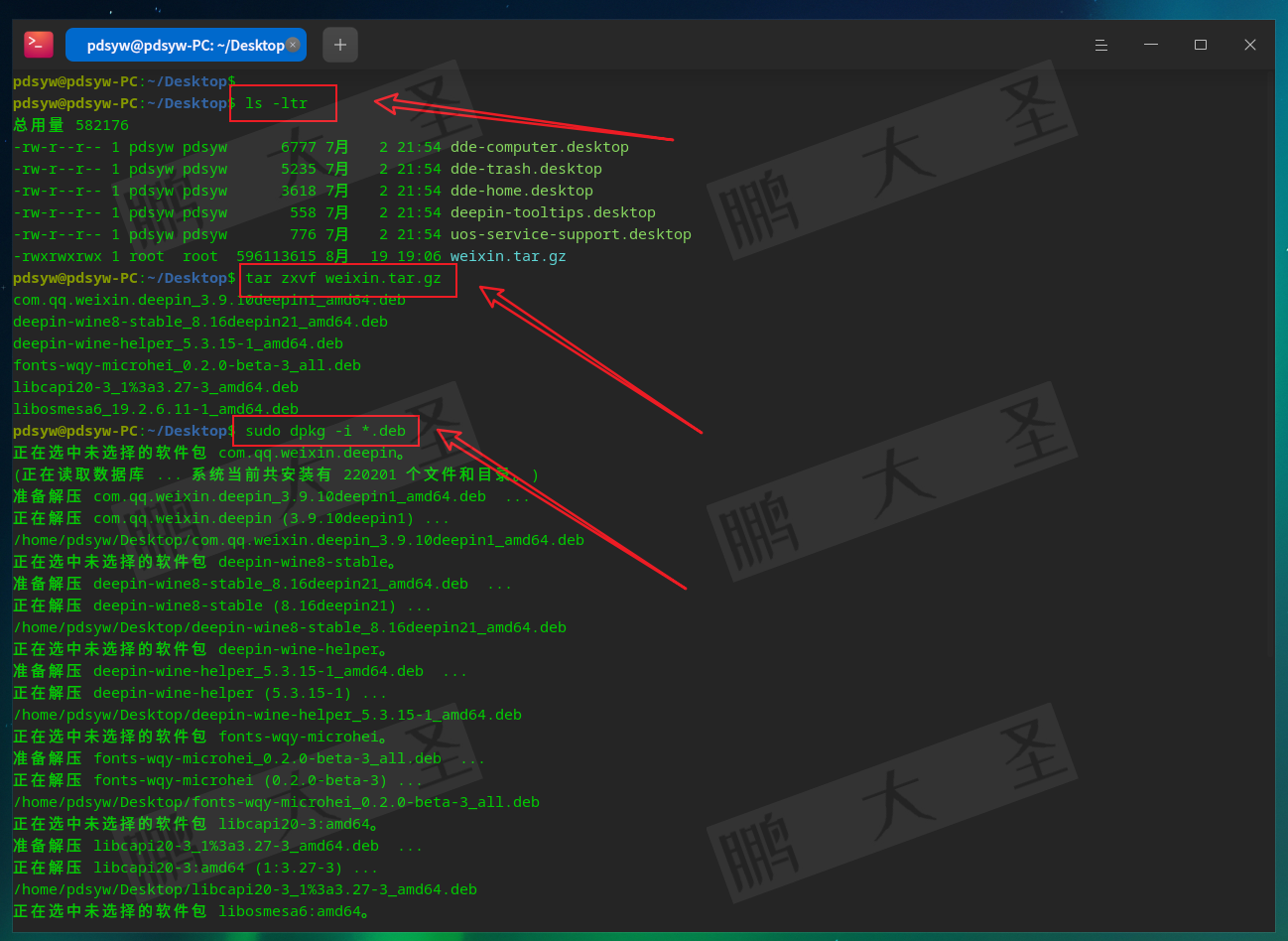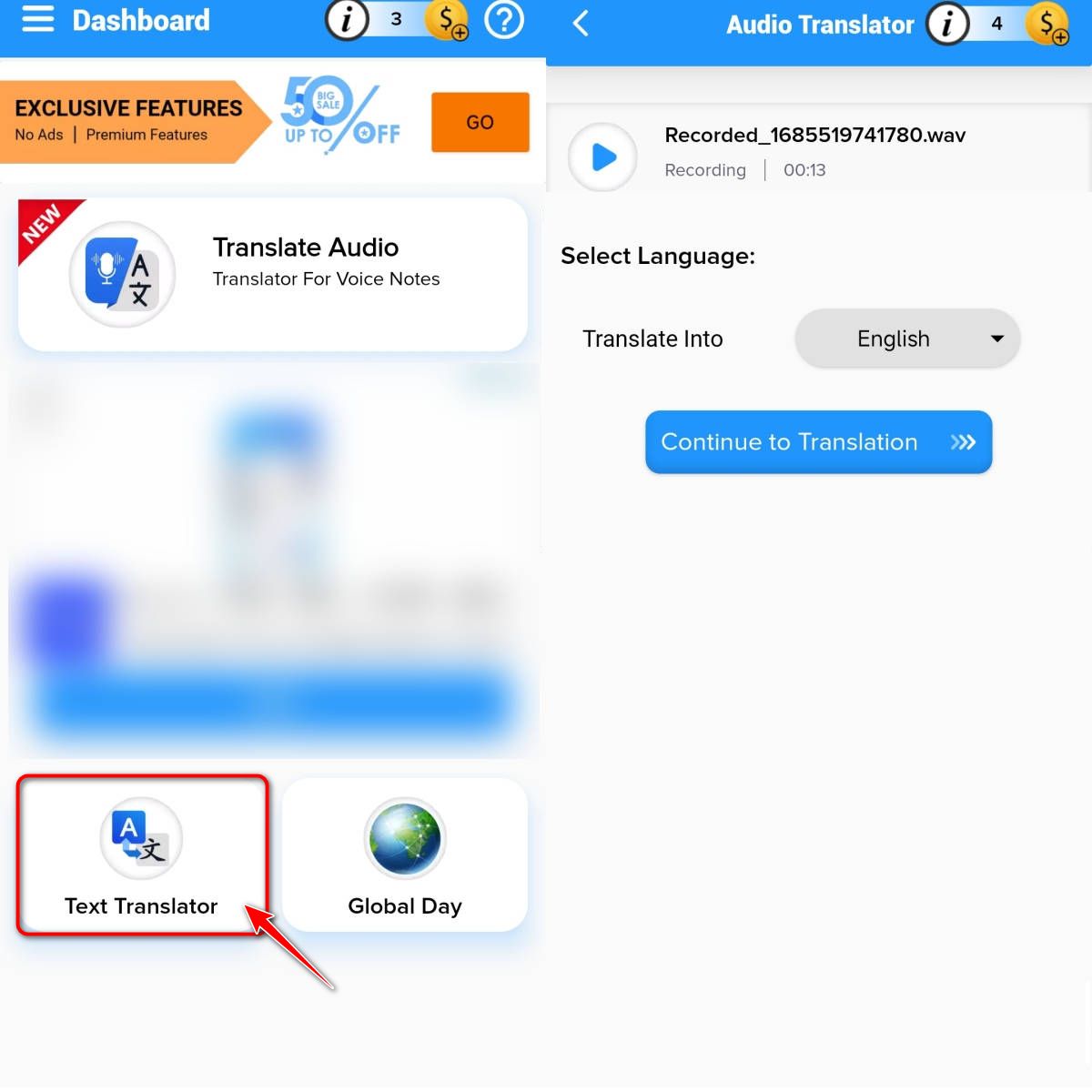执行过程 Explain
explain select * from student s, course c , student_coure sc where s.id = sc.studentid and c.id = sc.courseid;

EXPLAIN执行计划各字段含义:
【ld】 id相同,执行顺序从上到下; id不同,值越大,越先执行)。
【select_type】表示SELECT的类型,常见的取值有SIMPLE〈简单表,即不使用表连接或者子查询)、PRIMARY(主查询,即外层的查询)、UNION(UNION中的第二个或者后面的查询语句)、SUBQUERY (SELECT/WHERE之后包含了子查询)等
【key_len】 用到的索引长度,越短越好。
重点关注:【type】【possible_key】【key】
【type】表示连接类型,性能由好到差的连接类型为null > system > const > eq_ref > ref > range > index > all。
type = null 和 system: 一般不查询业务表,比如 select ‘A’
type = const: 主键或者unquie时,比如,select * from user where id= 1 或者 where idCard = 3423…
type = eq_ref 和 ref: 字段创建了索引 select * from user where name= ‘张三’ name 前提是建立了所以。
type = range ,常见于<、<=、>、>=、between等操作符(explain select * from user where age> 10 and user < 20),前提 age 字段必须是 unique 或者时主键 对数据建立了数据结构,否则依然能是 ALL 全文扫描。
type = index: 创建了索引,但是也是全字段扫描,说明索引效果不佳。
type = all: 没有创建索引的字段查询都是ALL explain select * from user where name= ‘zhangsan’
【possible_key】 可能用的的索引,如果是null 说明没用索引
【key】实际用到的索引
索引使用规则:
索引规则
1、最左前缀法则:
当使用联合索引时:要求查询时必须包含最左边的列:例如:(下面创建的索引 username 是最左边的列)

EXPLAIN select * from users where username='test' -- 有效
EXPLAIN select * from users where username = 'test' and phone='18061581849' and age=1 -- 有效
EXPLAIN select * from users where username = 'test' and phone='18061581849' -- 无效
EXPLAIN select * from users where username='test' and phone='18061581849' -- username 有效 phone无效 因为中间缺少 age 导致索引只有执行了部分 可以观察 keylen
EXPLAIN select * from users where username = 'test' and age >1 and phone='18061581849' -- 部分有效 age使用了范围查询,导致 phone 失效,正确用法,改成 >=
总结: 联合索引,查询必须包含索引中最左边的列,并且如果跳过中间的列,那么后面的列的索引将会失效。
使用返回查询时,会导致,部分索引失效,正确做法,使用>= 符合代替
下面两张图,的key_len 表名了 生效字段的长度。 username = 195 age = 5 phone = 195 全部生效就是 395

username + age = 200

不要在索引列上使用计算操作。

select * from users where substring(phone,10,2)='49' -- 使用了计算,导致失效
查询类型要匹配。
EXPLAIN select * from users where phone = 18061581849 -- 无效 本来是字符串 忘记单引号 变成数字类型,导致索引失效。

模糊查询 ,后面模糊有效,前面无效。

EXPLAIN select * from users where id=1 or age = 1 -- id 和 age都必须有索引,否则索引失效
注意:如果 age是联合组件,那么age 必须遵从最左前缀法则。否则也无效。
数据分布影响
当前数据:

EXPLAIN select * from users where phone>='18961511111' -- 会使用索引,要查询的数据较少时,使用索引效率较高。
EXPLAIN select * from users where phone>='111' -- 不会使用索引,数据涵盖的范围很大,使用索引效率更低。
--同理 is null 和 is not null 走不走索引取决于查询的结果相对一总数据是 大多数还是少数,少就用索引,反之不用。
索引指定
-- 当表的phone 字段有联合索引和单列索引时,可以指定或者忽略使用该索引
use index(idx_users_phone) -- 建议MySQL使用 idx_users_phone 索引
ignore index(idx_uses_phone) -- 忽略MySQL使用 idx_users_phone 索引
force index(idx_users_phone) -- 强制MySQL使用 idx_users_phone 索引
--使用方式如下:
select * from users use index(idx_users_phone) where phone = '123123123';
为什么不要 select * 因为会触发回表查询,所以如果数据量比较大,查询是可以建立联合索引。增加性能。但要注意,索引太多也会导致插入效率变低。

EXPLAIN select id,username,nickname FROM users WHERE username = 'test' -- using index 表示只用到idx_phone 索引所以效率很高

EXPLAIN select id,username,nickname,age FROM users WHERE username = 'test' --age 用到了回表查询
EXPLAIN select * FROM users WHERE username = 'test' --用到了回表查询

前缀索引 ,用于txt 大文本索引。
create index idx_users_mark on users(mark(5)) --针对mark字段的前5个字符创建索引,注意如果重复数据太多不具备效果。
EXPLAIN select mark FROM users where mark like "星星%"; -- 仅仅支持后模糊查询。
索引的设计原则:
1、数据量较大(100w条以上),查询较频繁的标建立索引
2、针对 【where】 【order by】【group by】 操作的字段建立索引。
3、尽量选择区分度高的列作为索引。(例如:身份证号 ),重复数据较多的数据,建立索引效果差例如,性别。
4、更具查询的结果列,来创建使用联合索引,避免回表,和遵从最左前缀法则。
5、索引可以提高查询效率,也会影响修改效率。
6、索引列尽量,使用not null约束,可以提升查询效率,因为null在索引中要做特殊处理。


















